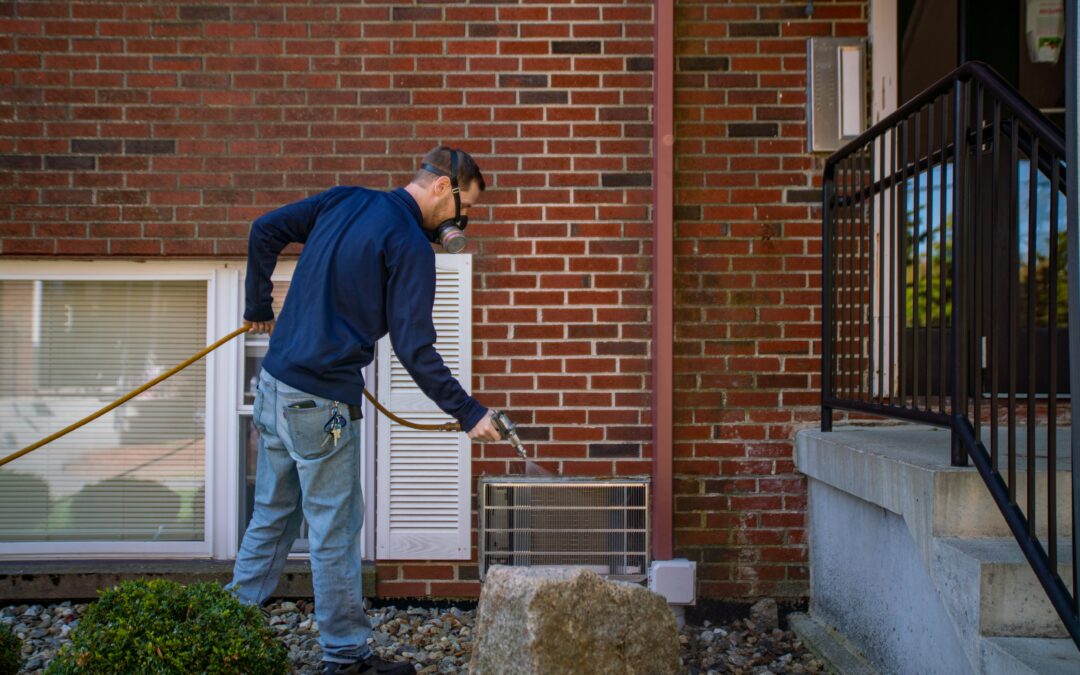Just like termites, honey bees and many wasp species, ants are social insects that live in colonies. The number of individual ants living within a colony differs depending on species, as some species live in colonies containing several hundred ants, while other species form super colonies comprised of hundreds or thousands of interconnected nests that each contain thousands of ants. The ant inhabitants of a colony are divided into different castes, and each caste carries out particular duties that promote colony health and survival. Generally, ant colonies are divided into three castes: the queen, reproductive males and non-reproductive workers (females).
Just like termites, reproductive male and female alates swarm out of existing ant colonies in order to initiate new colonies. These flights are often referred to as mating swarms, and they occur seasonally, and in some cases, ant swarms emerge within homes where residents often confuse them with swarming termites. One notorious group of ant pests, carpenter ants, are similar to termites in that they nest within damp structural wood, but unlike termites, carpenter ants do not consume wood. When carpenter ants swarm within a home, an active infestation almost certainly exists, but some ant species don’t swarm at all; instead, common ant pests in Massachusetts like European fire ants, Pharaoh ants, and ghost ants establish new colonies by means of a process known as “budding.”
Many ant species live in colonies that contain multiple queens, and these multi-queen colonies often see a single queen and several workers leave the initial nest in order to establish an additional nest nearby. Once an appropriate nesting site is located, workers begin building a new nest while the queen produces more offspring. This dispersal process is known as budding, but it is important to know that many swarming ant species live in colonies that can expand into multiple nests. For example, carpenter ants live in one “parent nest,” which usually contains multiple queens, but mature larvae, pupae and reproductive alates can leave a parent nest in order to establish “satellite nests” nearby, often within the wall voids of homes. Queens, workers and young larvae always remain within the parent colony, so satellite nests are not true ant colonies, as they do not contain a queen, and the establishment of satellite nests is not an example of budding.
Has an ant nest ever become established within your home?

